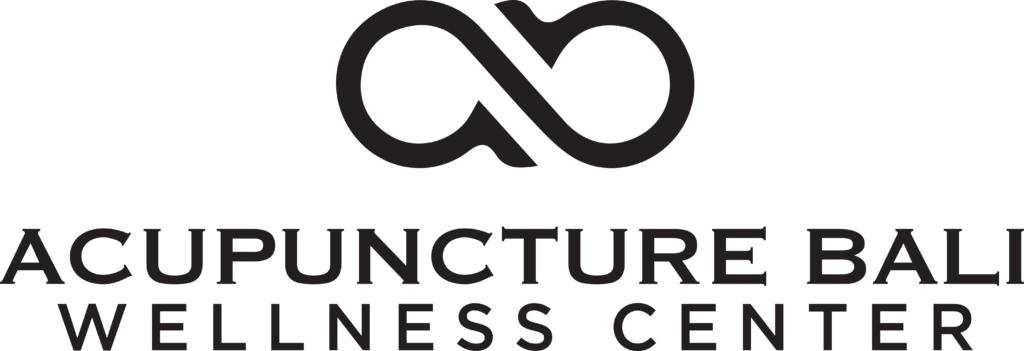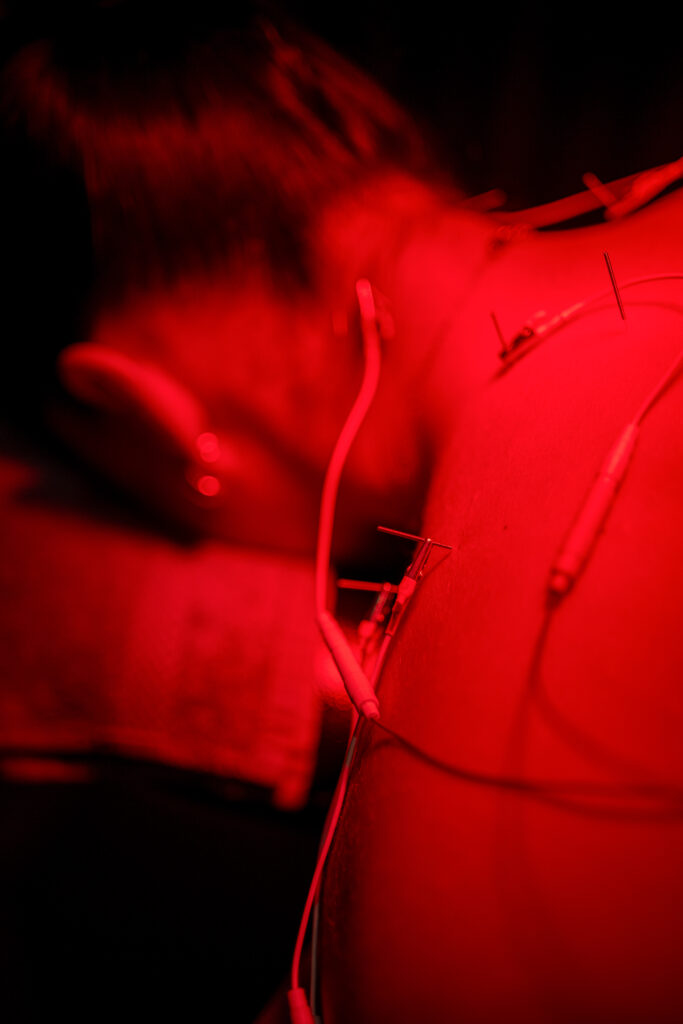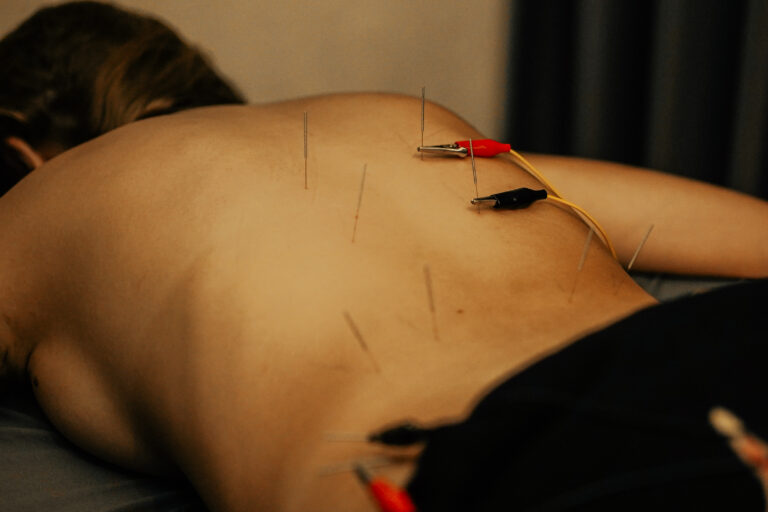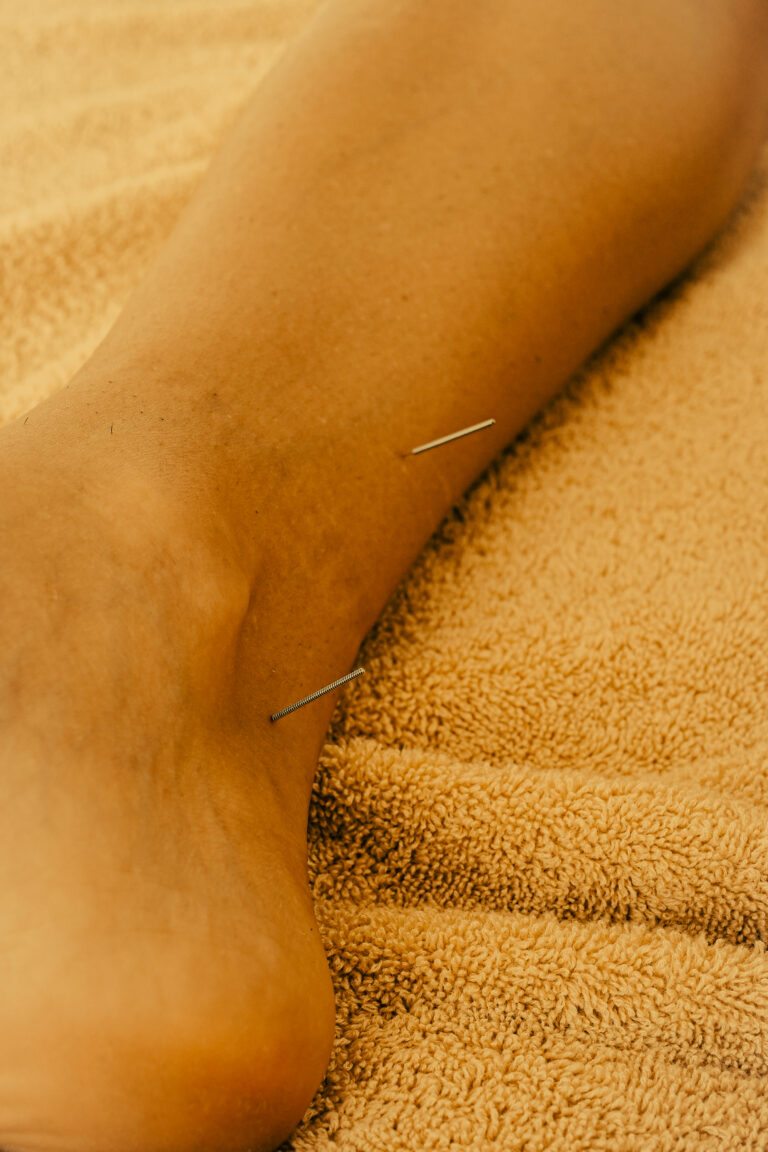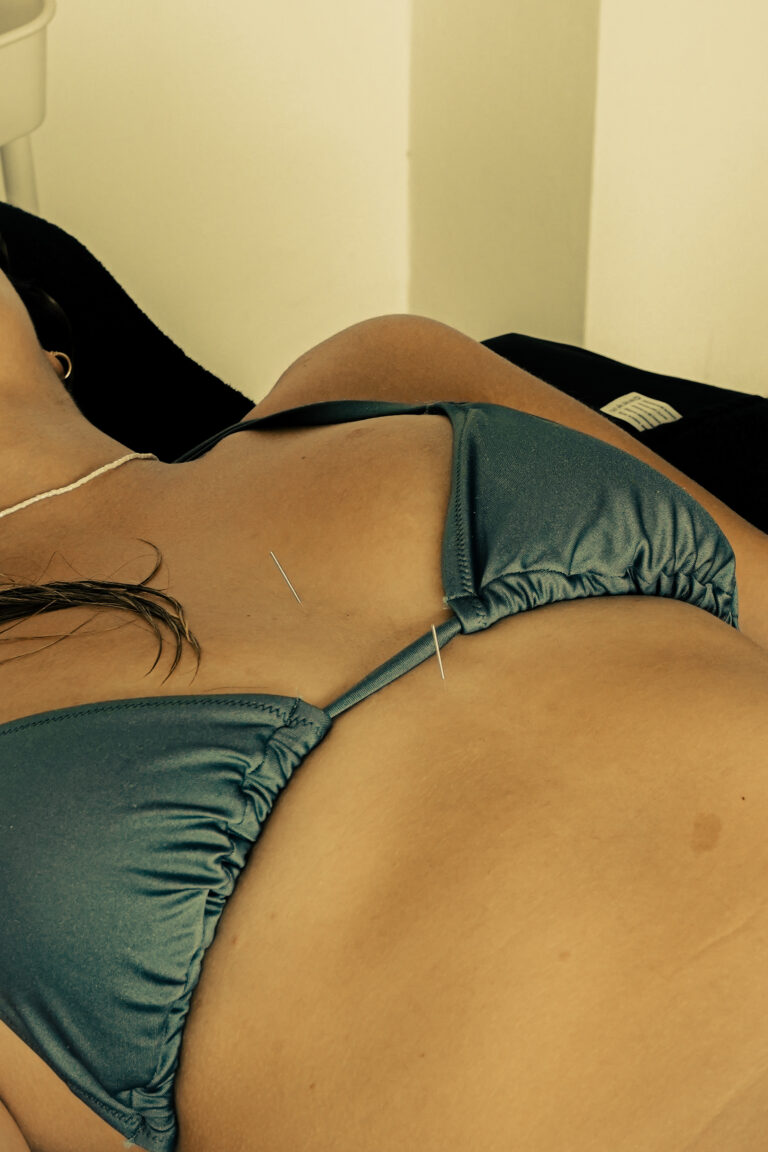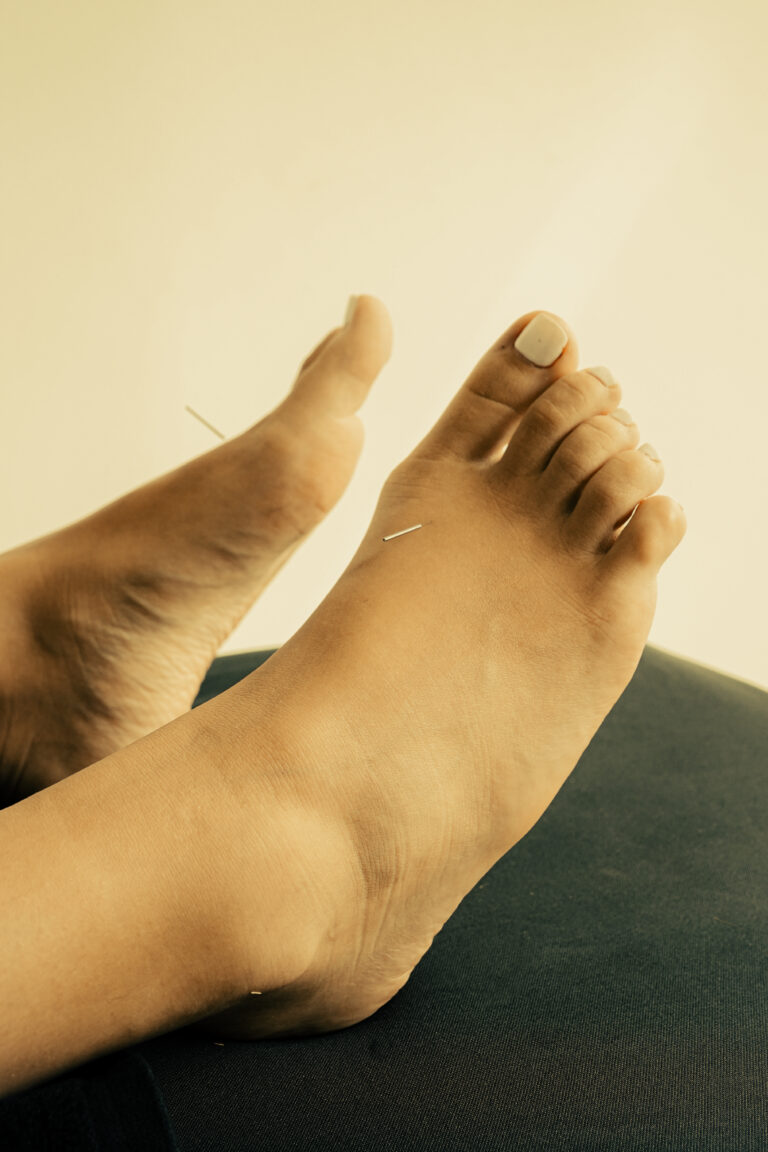Frozen shoulder, or adhesive capsulitis, is characterized by stiffness, pain, and limited range of motion in the shoulder joint. From a Traditional Chinese Medicine (TCM) perspective, frozen shoulder is not viewed solely as a musculoskeletal disorder, but rather as a manifestation of deeper disharmony in organ systems and meridians. TCM considers both external factors (like Wind, Cold, and Damp invading the meridians) and internal deficiencies (such as Blood, Yin, or Kidney Qi) as underlying causes that lead to blockage and pain.
Key Organ Systems Involved
- Liver (Gan) – governs the smooth flow of Qi and controls the tendons. Liver Qi stagnation can lead to stiffness and limited movement.
- Kidney (Shen) – nourishes bones and tendons. Kidney deficiency, especially in the elderly, can lead to chronic stiffness and weakness in the joints.
- Spleen (Pi) – generates Blood and Qi. A weak Spleen may result in poor nourishment of the muscles and tendons.
- Urinary Bladder and Gallbladder Meridians – these channels run through the shoulder and are commonly blocked in frozen shoulder cases.
Common TCM Patterns for Frozen Shoulder
- Wind-Cold-Damp Invasion
- Symptoms: sudden onset after exposure to cold or wind, deep aching pain, worse in cold or damp weather, stiffness
- Tongue: pale with white greasy coat
- Pulse: tight, slow
- Qi and Blood Stagnation
- Symptoms: fixed, stabbing pain in the shoulder, worse at night, reduced mobility
- Tongue: purple or with dark spots
- Pulse: choppy or wiry
- Liver and Kidney Deficiency
- Symptoms: chronic, dull pain, weakness in the shoulder, gradual loss of motion, often seen in older individuals
- Tongue: red with scanty coat
- Pulse: thin and weak
- Phlegm-Damp Accumulation
- Symptoms: heavy sensation, numbness, swelling, difficulty lifting the arm
- Tongue: swollen with greasy coating
- Pulse: slippery
Treatment Principles in TCM
- Expel Wind, Cold, and Damp to open blocked meridians
- Move Qi and invigorate Blood to relieve pain and improve movement
- Tonify Liver and Kidney to strengthen tendons and bones
- Transform Phlegm and resolve Dampness for cases with swelling or heaviness
- Warm the channels with moxibustion or warming herbs to ease stiffness and pain
Diet and Lifestyle Tips (TCM-Based)
Diet Tips
- Avoid cold, raw, or greasy foods, especially if Wind-Cold-Damp is suspected
- Include warming foods like ginger, cinnamon, garlic, and lamb to dispel Cold
- Blood- and Qi-nourishing foods: chicken, goji berries, red dates, bone broth, spinach
- For Phlegm-Damp: avoid dairy, sugary foods, and alcohol; include barley, mung beans, and radish
Lifestyle Tips
- Keep the shoulder warm and covered, especially after treatment or during cold seasons
- Gentle daily movement and stretching are essential—avoid complete immobilization
- Engage in Tai Chi or Qigong to promote smooth Qi flow
- Avoid overuse of the affected arm, but do not allow it to become stiff from inactivity
Daily Acupressure for Frozen Shoulder
- LI15 – Jian Yu
- Location: in the depression at the front of the shoulder when the arm is raised
- Function: local point to improve shoulder mobility and relieve pain
- SI9 – Jian Zhen
- Location: 1 cun above the posterior axillary fold, when the arm is hanging naturally
- Function: relaxes the shoulder and relieves pain
- GB21 – Jian Jing
- Location: midway between the spine and the shoulder tip
- Function: relieves tension and facilitates Qi movement in the shoulder
- SJ14 – Jian Liao
- Location: at the back of the shoulder, posterior and inferior to the acromion
- Function: disperses Wind and clears stagnation from the shoulder joint
- ST38 – Tiao Kou
- Location: 8 cun below ST35, lateral to the tibia
- Function: distal point known for its strong effect in improving shoulder movement, especially when combined with local points
Technique: Apply steady pressure with thumb or knuckle on each point for 1–2 minutes per side while taking deep breaths.
TCM Treatment Recommendations
- Acupuncture targeting both local and distal points (e.g., LI15, SI9, ST38)
- Electroacupuncture to stimulate muscle contraction and release adhesions
- Cupping therapy to release stagnation and improve circulation
- Moxibustion over cold-affected areas to warm the channels
Conclusion
Frozen shoulder in TCM is understood as a complex condition involving both external pathogenic factors and internal organ deficiencies. By identifying the specific TCM pattern and applying targeted therapies such as acupuncture, moxibustion, herbal medicine, and acupressure, patients can experience significant improvement in pain relief and mobility. Consistent self-care, dietary adjustments, and professional treatment can help restore shoulder function and overall balance.
Sources
- Maciocia, Giovanni. The Practice of Chinese Medicine: The Treatment of Diseases with Acupuncture and Chinese Herbs. Elsevier, 2005. ISBN: 9780443074905
- Deadman, Peter et al. A Manual of Acupuncture. Journal of Chinese Medicine Publications, 2007. ISBN: 0951054651
- Chen, John K. & Chen, Tina T. Chinese Medical Herbology and Pharmacology. Art of Medicine Press, 2004. ISBN: 9780974063504
